Scientific highlights 2018
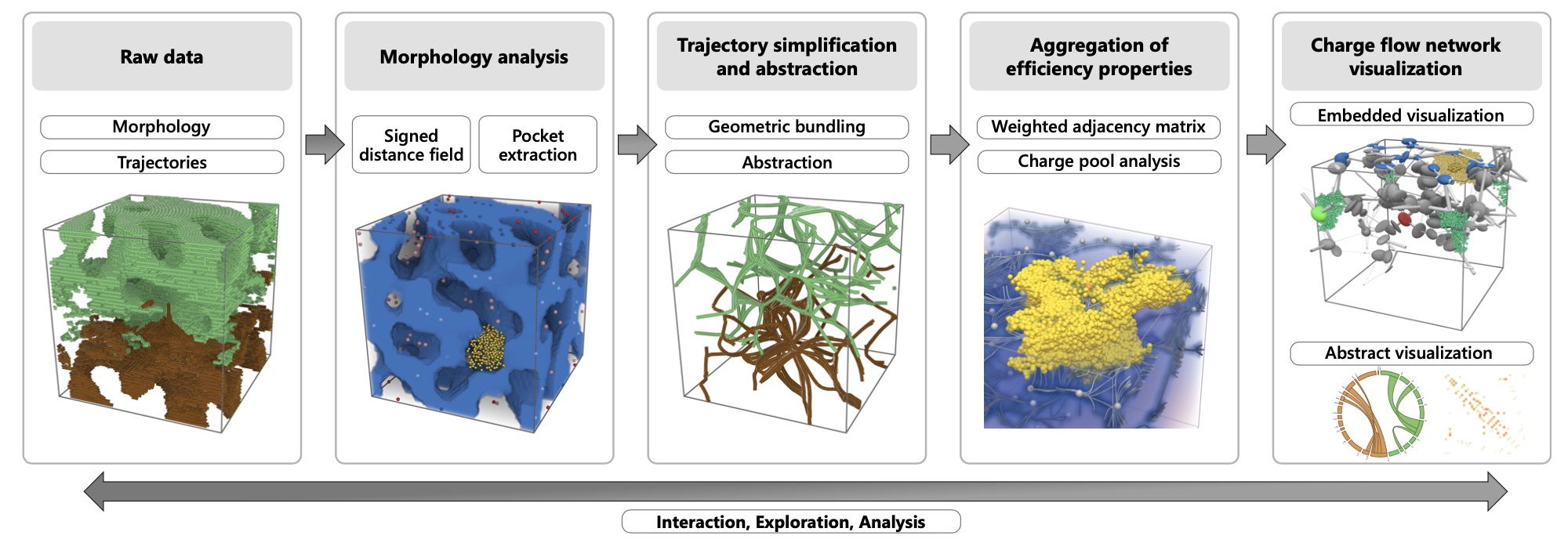
Charge-flow network for interactive exploration of data from organic solar cell simulations
In the field of organic electronics, understanding complex material morphologies and their role in efficient charge transport in solar cells is extremely important.
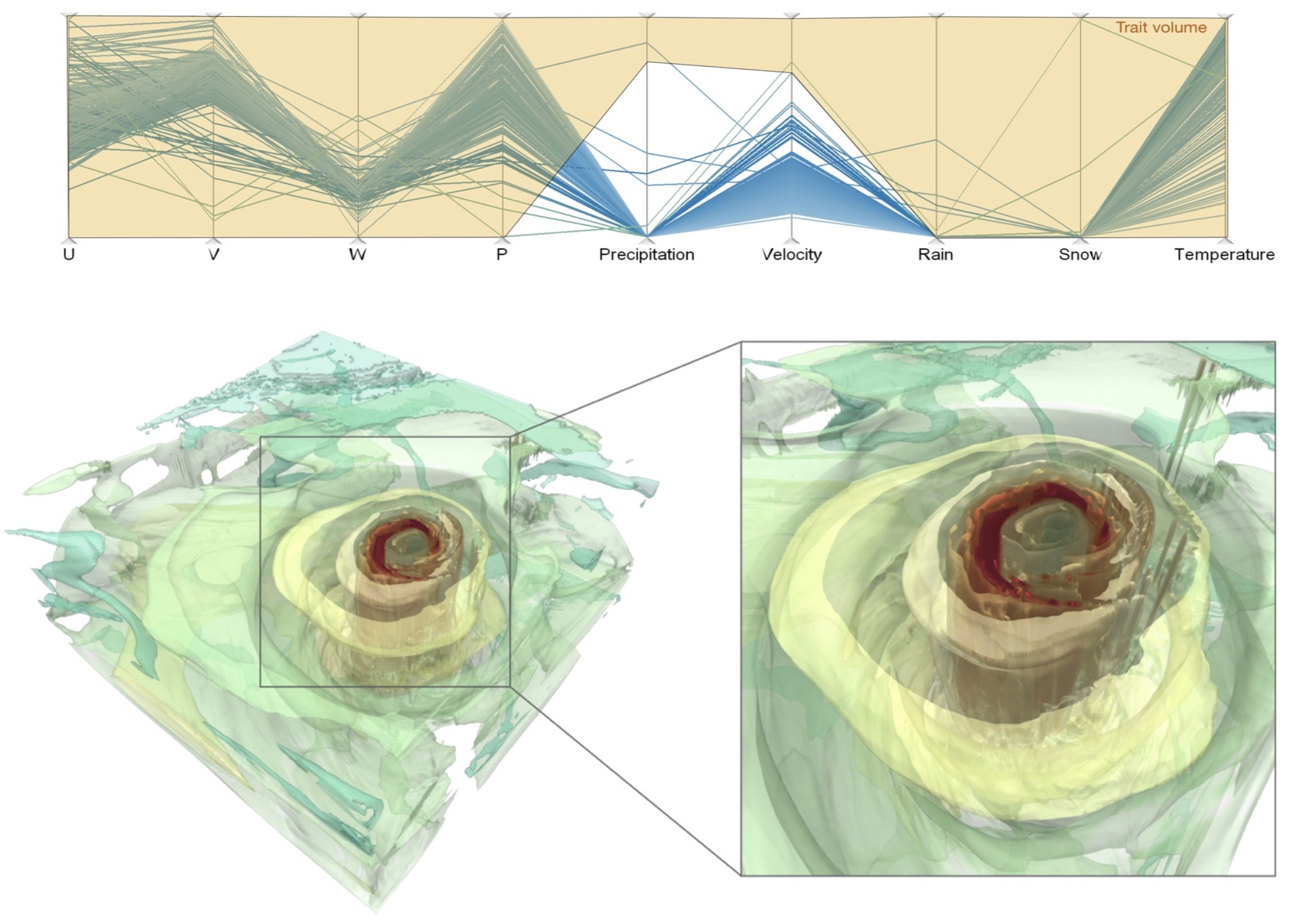
Feature level sets for multi-field visualization
Iso-surfaces or level-sets provide an effective and frequently used means for feature visualization. However, they are restricted to simple features for uni-variate data.

Evolutionary streamlines for automatic flow feature extraction
In this work we explore the potential of evolutionary algorithms to generate expressive visualizations. Evolutionary algorithms find close-to-optimal solutions for tasks by imitating biologically mechanisms like selection, mutation and recombination.

Modern iterative algorithms for waveguides
Waveguides are used in a number of fields, e.g., electromagnetics and fluid mechanics. These require the study of physical domains are typically very large leading to a high computational cost for many direct discretization methods.
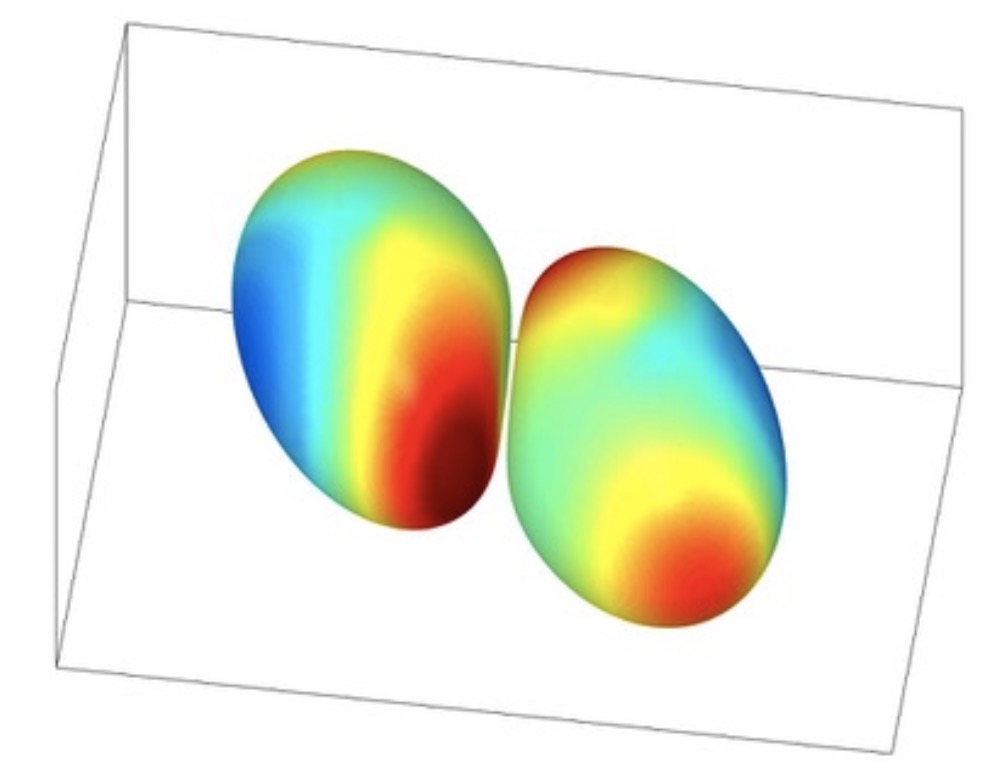
Stokes flow for particles and drops
Research related to integral equation based numerical methods mainly for Stokes flow with particles and drops have been investigated in the community.

Riemann metric approach to optimal sampling of multidimensional free-energy landscapes
Exploring the free-energy landscape along reaction coordinates or system parameters λ is central to many studies of high-dimensional model systems in physics. In simulations this usually requires sampling conformational transitions or phase transitions, but efficient sampling is often difficult to attain due to the roughness of the energy landscape.
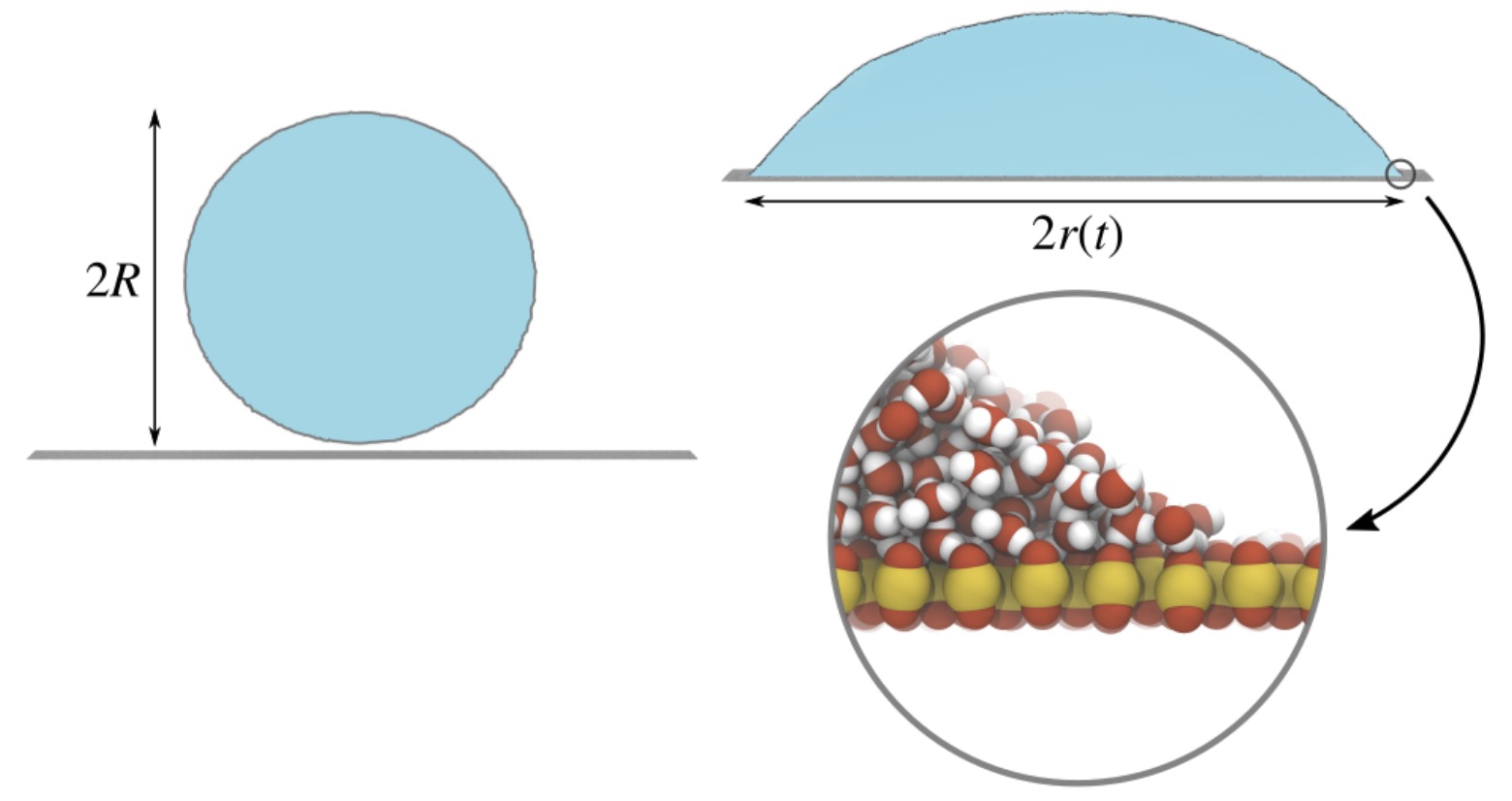
Molecular origin of contact line friction in dynamic wetting
The dynamics of a droplet spreading on a substrate is often strongly affected by friction at the three-phase contact line, where vapour, liquid and substrate meet. Since water does not slip on a hydrophilic substrate, the contact line can only move by water molecules “jumping” ahead of the current contact line.

Protein modeling quality
Protein modeling quality is an important part of protein structure prediction. The new quality predictor ProQ3D was developed using deep learning techniques and could improve prediction accuracy relative to previous methods (Uziela et al 2018). ProQ3D was shown to perform at top in the CASP13 evaluation.
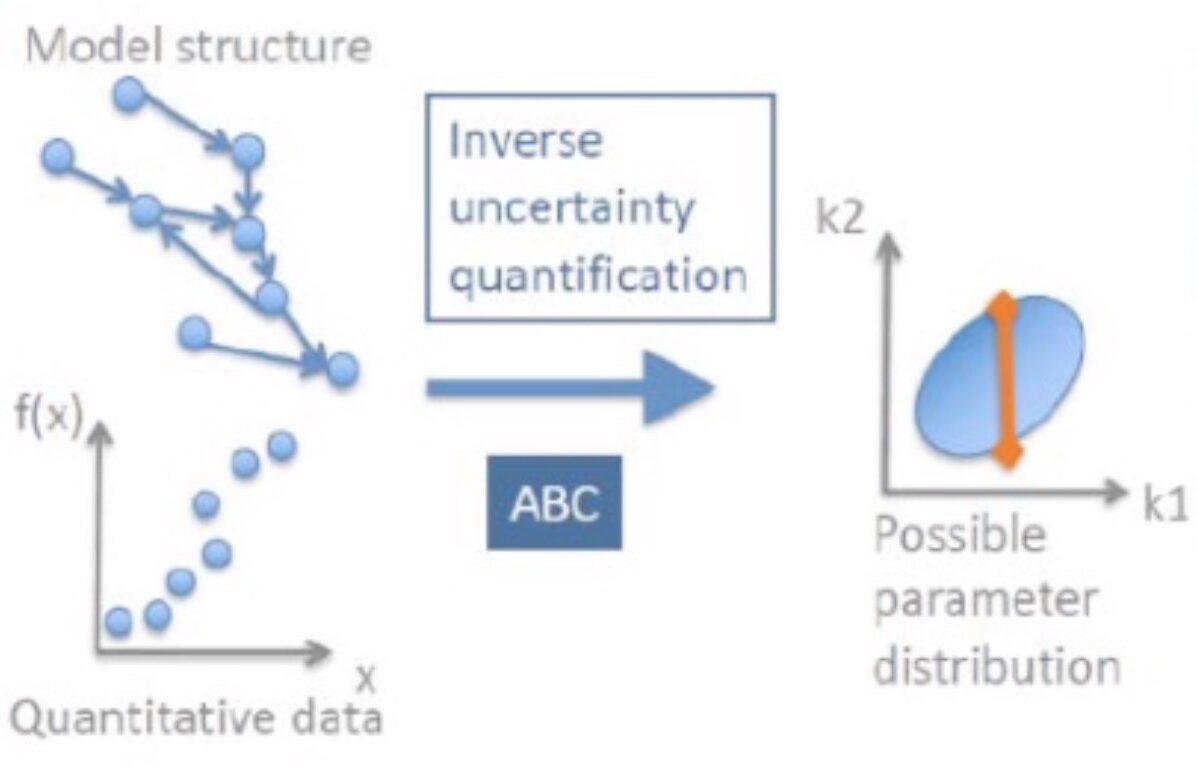
Model building workflow for subcellular models
A model building workflow supporting the estimation of subcellular model parameters using experimental data traces has been published.
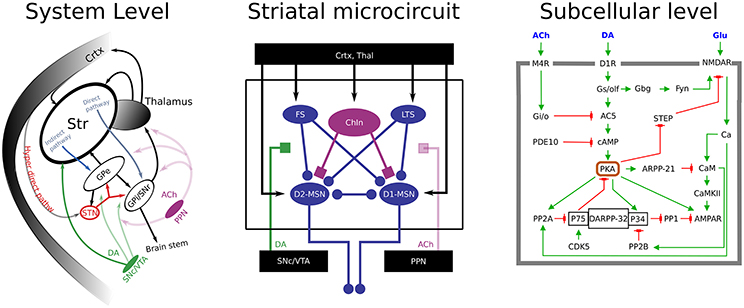
Multiscale simulations
We have integrated models of receptor induced subcellular signaling into a quantitatively detailed neuron model of a striatal projection neuron to be able to investigate the underlying mechanisms of fast dopaminergic neuromodulation.

Data compression in Nek5000 (with SESSI)
Instantaneous in-plane horizontal velocity in a turbulent Pipe flow, showing progressively increasing compression ration from 0% (uncompressed), 88.5%, 95.7% and 97.5% using our discrete Legendre Transform (DLT) technique.
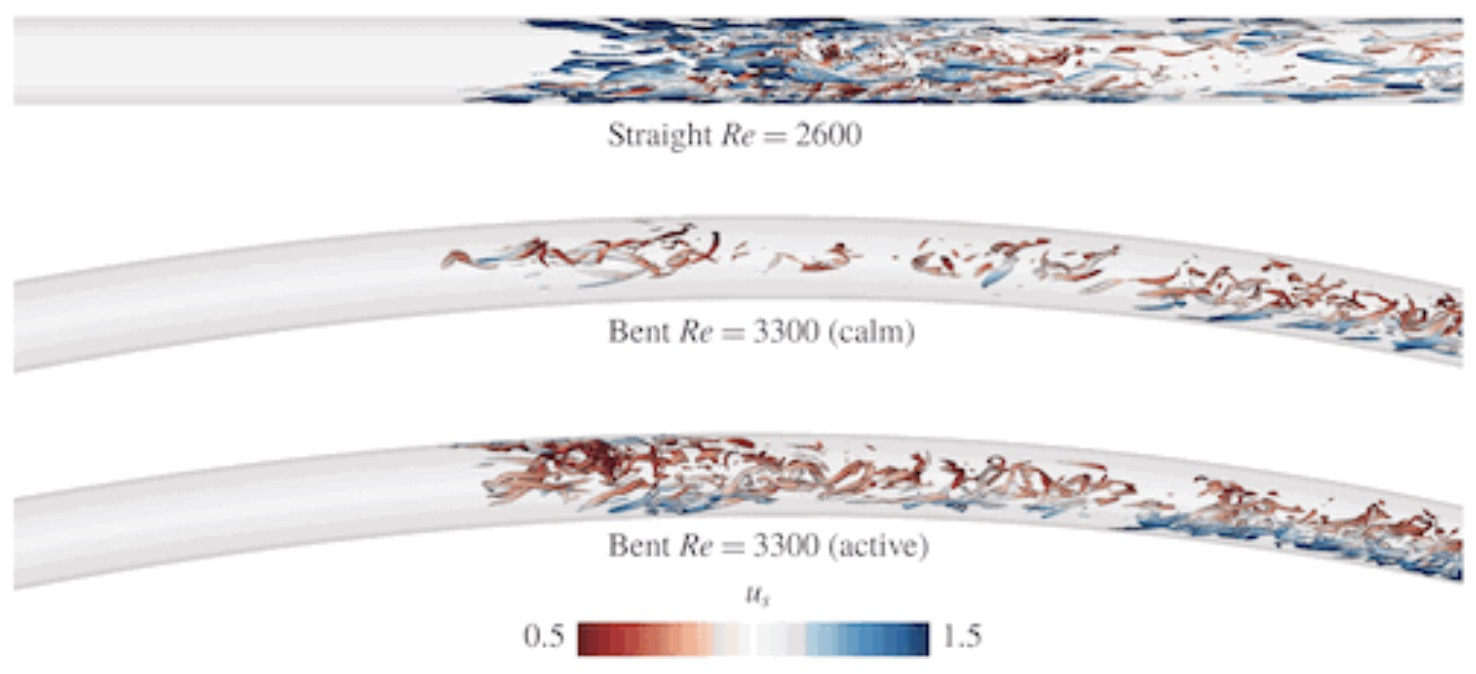
Bent pipe flow
The included simulations include various relevant code features, including a scalable checkpointing and restarting procedure for calculating adjoint sensitivities for optimal initial conditions, plus advanced postprocessing and visualization of the incipient turbulence.

Topology optimization for heat transfer problems
State of the art topology optimization is implemented in our spectral code, to show the potential of performing various types of optimisations using these highly accurate, and scalable codes.

GPU acceleration in Nek5000 (with SESSI)
Due to its high performance and throughput capabilities, GPU-accelerated computing is becoming a popular technology in scientific computing, in particular using programming models such as CUDA and OpenACC.
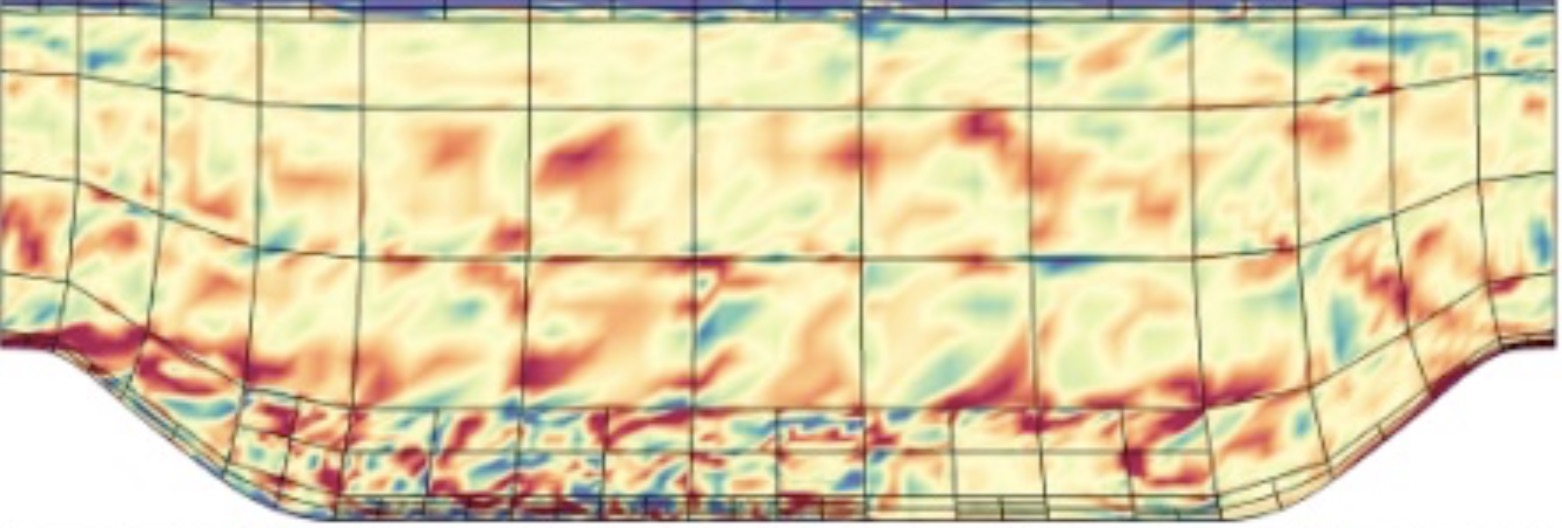
Error estimators and adaptive mesh refinement for Nek5000 (with SESSI)
Our continuing work on extending the open-source code Nek5000, based on the high-order spectral element method, has now reached a level of maturity such that we can – for the first time – perform simulations of turbulence in complex geometries.

Theoretical Characterization of Point Defects in Silicon Carbide and Other Materials
Effective engineering of materials defects and defect properties on the atomic scale is crucial for creating materials for applications in nanotechnology, i.e., ultra-miniaturization of sensors, storage, processing, and communication.
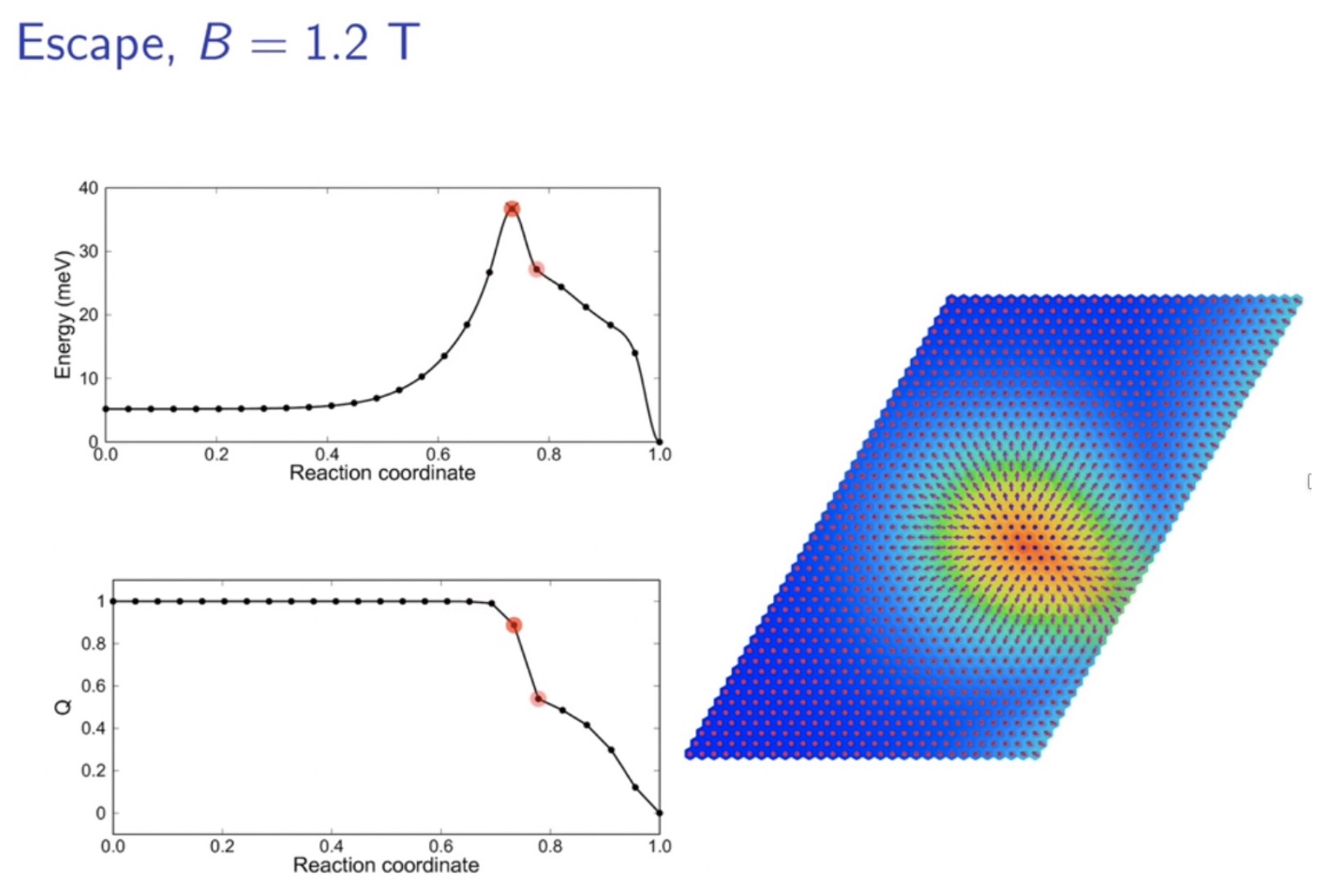
Lifetime of racetrack skyrmions
The skyrmion racetrack is a promising concept for future information technology. There, binary bits are carried by nanoscale spin swirls-skyrmions-driven along magnetic strips. Stability of the skyrmions is a critical issue for realising this technology. Here we demonstrate that the racetrack skyrmion lifetime can be calculated from first principles as a function of temperature, magnetic field and track width.
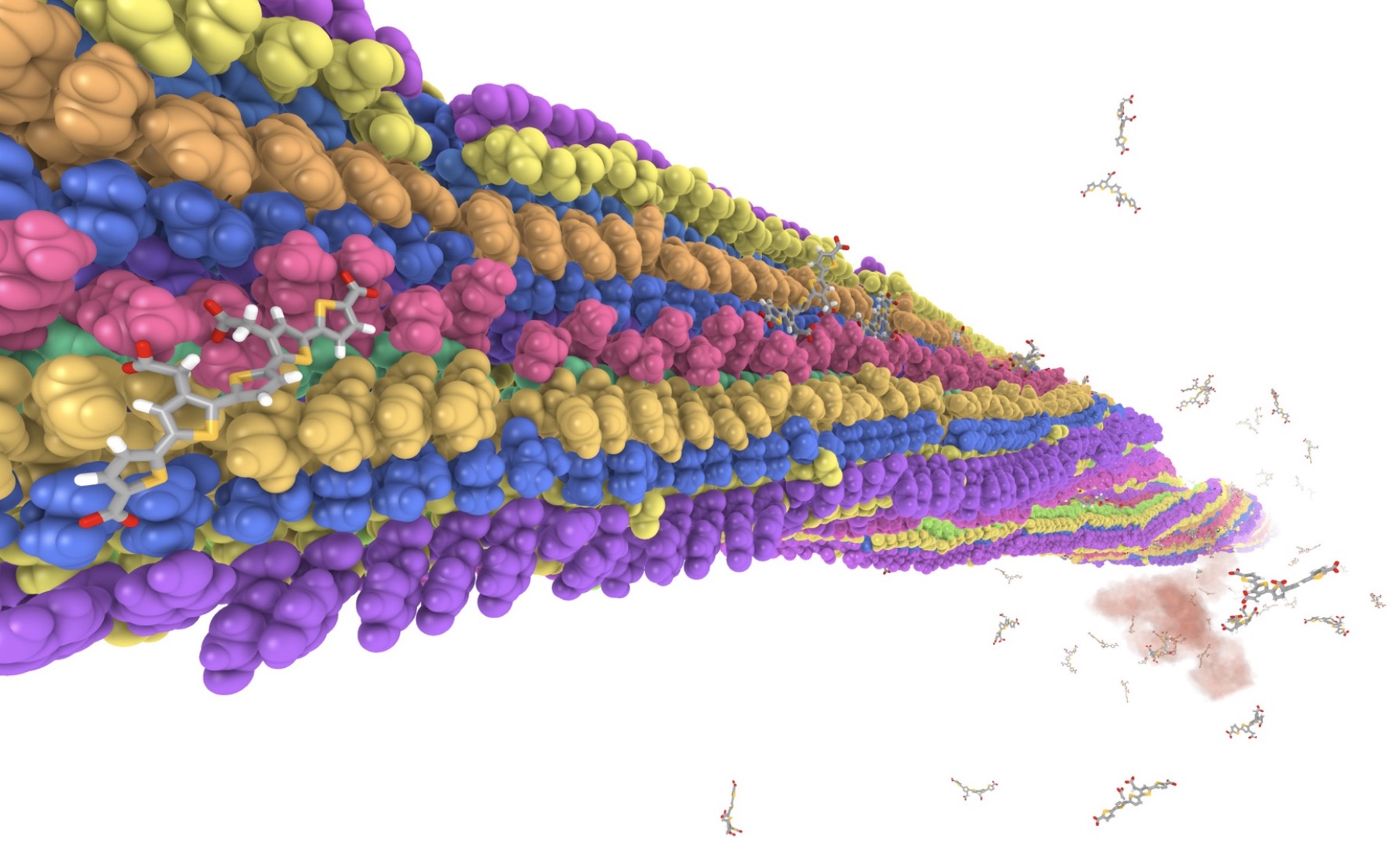
Binding sites for luminescent amyloid biomarkers from non-biased molecular dynamics simulations
A very stable binding site for the interaction between a pentameric oligothiophene and an amyloid- beta(1–42) fibril has been identified by means of non-biased molecular dynamics simulations.

